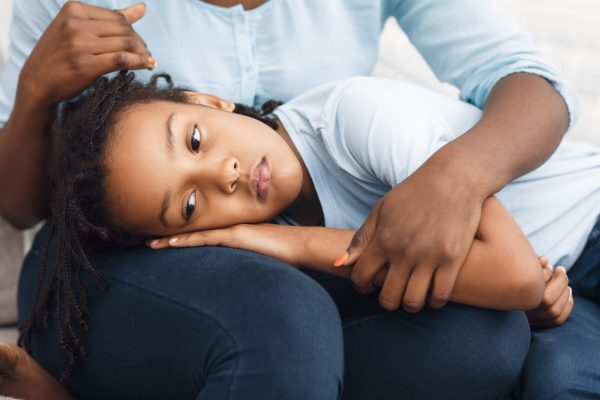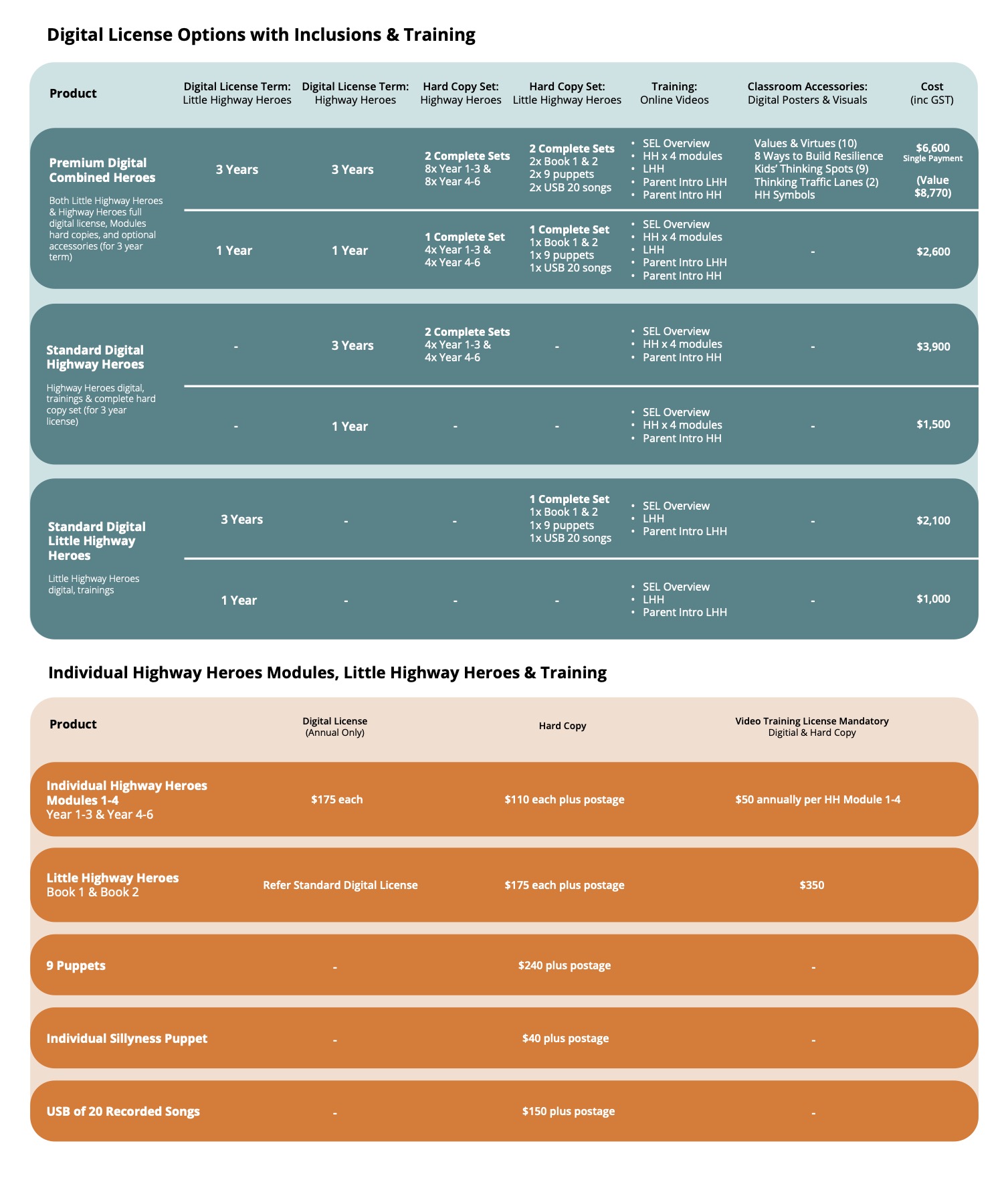Child raising is not for the feint-hearted. You are gifted this little individual, hell-bent on cutting their very own path through life. It means that as you go through all the ages and stages of child-raising – right into adulthood, you’re going to experience lots of bumps in the parenting path as your child figures out working within your boundaries – and you learn which boundaries to set – and police.
What is rupture and repair?
The bits of parenting where your relationship with your child takes a downward turn and you find yourself butting heads on a regular basis usually means that tension or conflict is involved. Basically, that’s rupture and repair. The rupture is the bit where you find yourself at loggerheads and the repair is when you use you ‘adult’ skills to manage, to calm and to reassure and then move back to the middle-ground.
Rupture and repair roadblocks
Rupture and repair rhythms get established pretty early in the parenting journey. In fact, many of our rupture-repair mechanisms are the ones passed to us by our parents. Did your parent ever give you the silent treatment until you apologised? What about loading up guilt – like, “I work all day and you’re never grateful!”
Healthy repair doesn’t look like that. It looks like meeting halfway – eventually because the ability to do that is developed slowly. A calm and loving approach to repair modelled by an in-control parent actively teaches a child how it’s done. That’s a healthy repair mechanism and one that takes repeated practise to master.
There are unhealthy repairs too – perhaps you’ve experienced them. For example, when a repair in a relationship is gained by someone giving in because it’s all just too much, it can quickly become habituated pattern (and yes, this happens in partnering and can be a relationship sinker!)
The repair from tension or conflict within a family can change from child to child too. While one child might happily meet you halfway – a great big tantrum followed by a move towards making the peace, another child can hold out on you until you give in just so you can get everything moving again.
The most important thing to remember in this whole rupture-repair conversation, is that the patterns that you establish are long, long lasting – so start as you mean to continue…. Or if that ship has sailed, start a new ‘repair’ chapter in your parenting playbook and really think through how you ‘make nice’ after a rupture in your parent-child relationship.
It starts with schooling your emotions
As a parent, you really do need to be the one bringing the calm to the rupture-repair equation. It’s really and truly on you to find your calm and to create an environment of trust and love where the repair can happen. So, that means taking a deep breath and getting your own feelings under control. See if you can name them – disappointment, irritation, regret, frustration. Once you’ve named those tricky little suckers, it’s much easier to tame them.
There are other ways to regain your calm before moving towards the repair. Space – for you and your child – is essential. Hitting the pause button is good for everyone when emotions are high. Our Mini-Guide exploring ‘The Power of the Pause’ is a good start for some ideas.
Try and focus on your breathing, really slowing it down and taking deep breaths that fill your lungs and then exhale slowly. Pair this up with some calming inner dialogue. “Calm down, you’ve got this,” is an example of talking to yourself in a soothing way.
All of this takes time and practise. The reality is, there are going to be times when you and your zen part company and long after the conflicted interaction has passed from your child’s mind, you’ll still be feeling guilty that you weren’t able to effect the repair. Rest assured; this happens to everyone – yes, really! There is not a parent alive who has not had at least one giant meltdown and not made nice with their child in a timely manner. Just remember, practise makes progress, and in the parenting arena there will be LOTS of opportunities to practise.
The repair
When you’re ready to move towards the repair, modelling and teaching the skills of re-establishing a trusted relationship is essential. Here’s some ways that always help a repair to happen – and that can be from one or both parties.
- A meaningful apology – there’s nothing quite as restorative as delivering or receiving a heartfelt apology. Right from the early days in parenting, insisting on an apology after poor behaviour is simply teaching a child to be sorry they were caught out rather than sorry for the emotional impact on others. All apologies should start with “I’m sorry I…” which shows taking ownership rather than, “I’m sorry YOU (felt that way)…” which is not a ‘sorry’ at all.
- The ability to let go – holding onto something prolongs the pain rather than extends the learning. Throwing the point of rupture back up – by either party after the repair is damaging. So, learn to forgive and move on – and teach your child the same skill.
- The opportunity to grow – there’s something for everyone to learn from a rupture. What was it that lead to the reaction? Is there something that could be done differently next time? And, is there something that could be done differently in response – maybe listening more carefully, instructing less, accepting another’s point of view, not having the last word, not always having to be right? In a relationship, there’s always something to be learned from a point of rupture that helps you to continue to grow that relationship more positively. You just have to take the time to learn.
In life, with objects that are precious, we take the time to repair them if they get broken. Relationships are no different – especially those very important ones with our children. It takes self-awareness, an ability to calm down, an ability to take responsibility, patience and a lot of love. Good skills to practise until you polish them to a shine.


